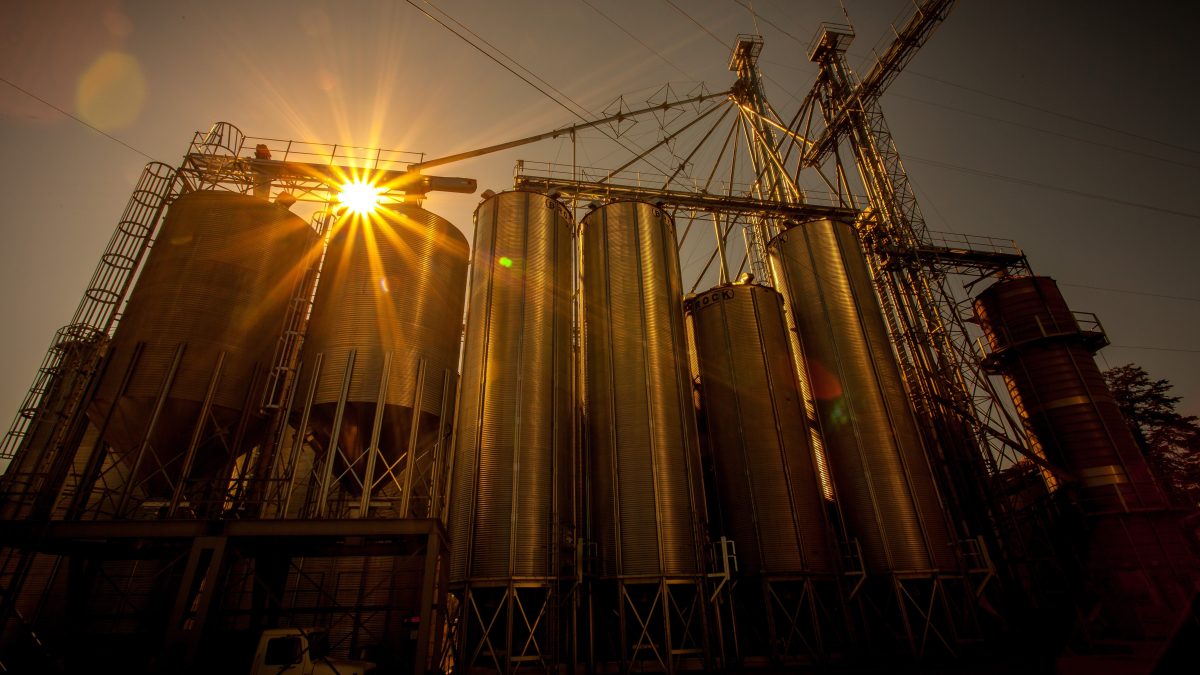USDA Updates Its Progress for Implementation of Previously Announced Pandemic Assistance
TOPICS
USDAMichael Nepveux
Economist

photo credit: Mark Stebnicki, North Carolina Farm Bureau
Michael Nepveux
Economist
In March, USDA announced more than $12 billion for the Pandemic Assistance for Producers program that expanded assistance to farmers and ranchers who previously did not qualify for COVID-19 aid and added additional funds for those who needed it. This was appropriated to USDA as part of the $900 billion Consolidated Appropriations Act passed at the end of 2020.
Implementation Imminent
On June 15, a USDA update indicated that the required rule-making for $6 billion of the funds has been completed and implementation of the associated programs will occur in the next 60 days. The funding is not new money and is part of discretionary funding dedicated to USDA from the 2020 Consolidated Appropriations Act. This money will be associated with new or modified existing programs; specific details about how the money will be distributed are still not available. These programs largely target the gaps created for producers who were left out of previous rounds of assistance.
Livestock, Dairy and Poultry
Up to $400 million will go toward a new dairy donation program with a focus on addressing food insecurity and food waste mitigation. There will also be additional pandemic payments for dairy farmers who demonstrate losses that were not covered under previous pandemic assistance. Implementation is also beginning on a provision of the appropriations legislation that provides $580 million in necessary cash flow assistance to small and midsized dairies through supplemental Dairy Margin Coverage. Many small and midsized dairies have grown their operations since their production history was established and locked in in previous farm bills (based on 2011 through 2013 milk marketings). This program is designed to allow for those smaller producers to qualify for additional coverage for a portion of their increases in milk production.
Poultry, in particular, was left out of previous rounds of pandemic support, largely due to the structure of the industry and how the relationship between the farmer and integrator historically has operated. Under previous iterations, to be eligible for assistance, the farmer had to directly own the commodity. This worked well for many producers, but not for broiler farmers. Typically, a broiler farmer raises and cares for the birds, but does not directly own the birds; the integrator maintains ownership of the animals. However, these producers saw their income significantly reduced as many of their barns (which they financed the construction of and still were required to service the debt on) remained empty due to supply chain disruptions earlier in the pandemic. While USDA’s press release did not estimate a specific dollar amount, lifting the pause on this aid is a much-needed update for an industry that has struggled without aid for more than a year.
In addition to contract grower issues, the livestock supply chain was significantly disrupted, especially at processing facilities, where labor shortages and worker protection measures slowed throughput and even caused some facilities to shut down. USDA will also begin implementation of a program targeting livestock and poultry producers who were forced to euthanize animals during the pandemic as a result of processing capacity issues in the next link in the supply chain.
Other Provisions
USDA is providing $700 million for Pandemic Response and Safety Grants for personal protection equipment and other protective measures to help specialty crop growers, meat packers and processors, seafood industry workers and others. This would be in addition to the $5 billion USDA has already announced in a mix of loans, grants and innovative financing that is meant to help build a more resilient food system.
The department has dedicated $20 million for additional organic cost-share assistance, including for producers who are transitioning to organic. In addition, through the Pandemic Cover Crop Program, USDA is allowing producers who have coverage under most crop insurance policies to be eligible for a premium benefit from USDA if they planted cover crops during this crop year. The Pandemic Cover Crop Program is also part of USDA’s Pandemic Assistance for Producers initiative.
One of the consequences of COVID-19 precautions and many states’ stay-at-home orders was a significant decline in fuel consumption. With that decline in fuel consumption was a corresponding drop in demand for biofuels. Today’s announcement indicates USDA will move forward with implementation of programming for biofuel producers, using $700 million previously allocated. In addition to these other measures, $200 million has been made available to small, family-owned timber harvesting and hauling businesses impacted by pandemic shocks.
Summary
USDA’s announcement provides an update on funding appropriated by Congress at the end of 2020. While a portion of the assistance was distributed in March, this remaining portion is not new money. It is very much needed financial assistance across multiple sectors of agriculture, including poultry and livestock, which were left out of previous rounds of assistance, as well as dairy and biofuels. According to USDA, implementation of these programs, which focus on filling the gaps for producers who were left out of previous assistance packages, will occur in the next 60 days. AFBF looks forward to more details from the agency on how these funds will be distributed.
Trending Topics
VIEW ALL